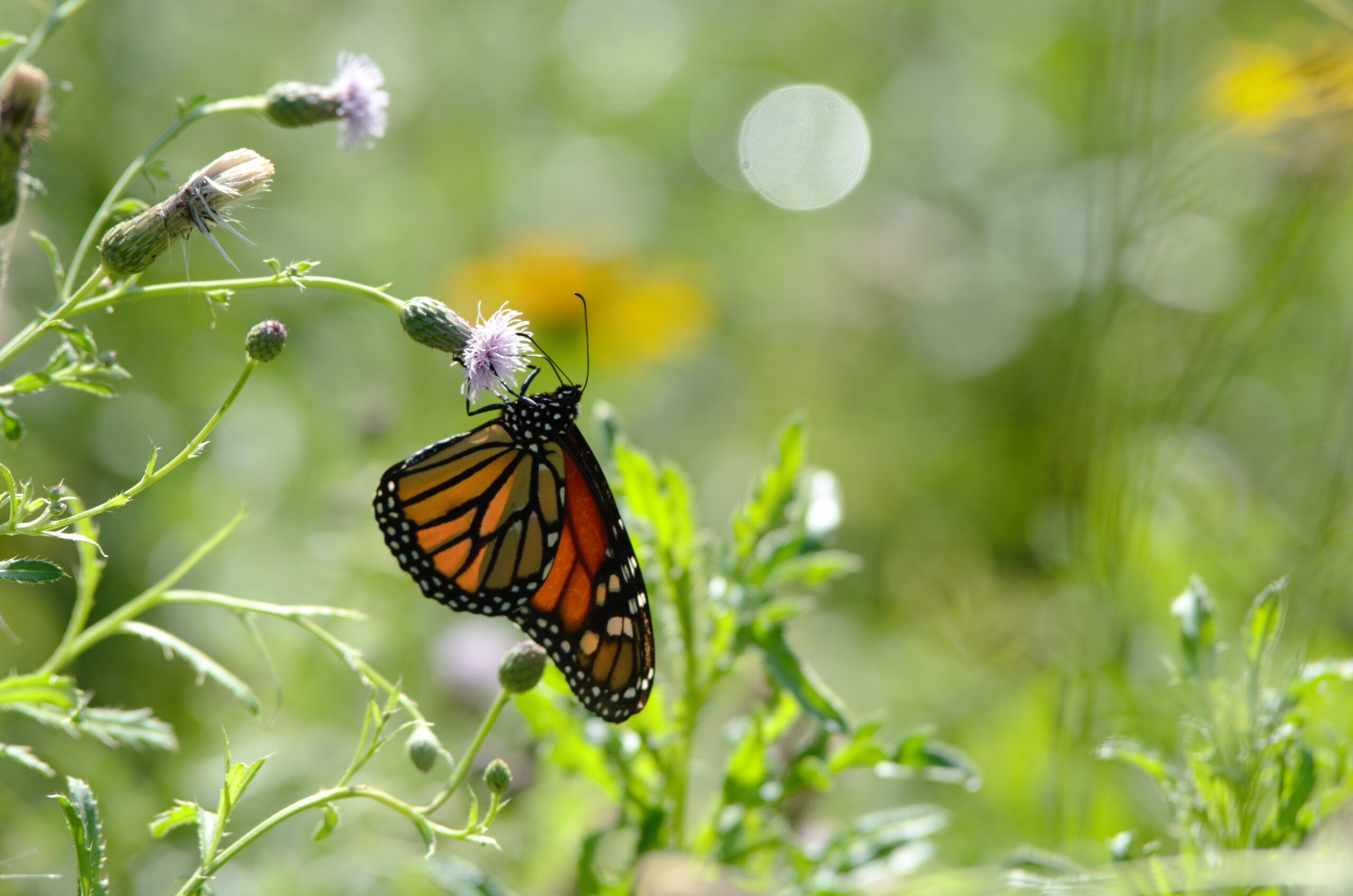
You’ve probably heard about the plight of the monarch butterfly. For years, monarchs have been struggling to find the plant most vital to their survival: milkweed. As a result of the widespread use of herbicides, milkweed has become scarce along the monarchs’ 2,500-mile migration from Mexico to northern Minnesota. As a result, the monarch population has dropped as much as 90%.
Some gardeners shy away from milkweed because of its tendency to spread. It’s true that Common Milkweed has a long taproot that makes moving the plant difficult once it’s established. However, there are several types of milkweed to choose from, and just as many ways to integrate the plant into your garden.

Here are a few tips:
- Plant Swamp Milkweed, a plant that tolerates the wet conditions typical in a garden.
- Improve your odds for success by purchasing plants from a nursery rather than sowing seeds, but make sure that the plants haven’t been treated with neonecotinoids, a harmful insecticide.
- Plant more than one species of milkweed to increase the likelihood that monarchs will find a refuge in your yard.
